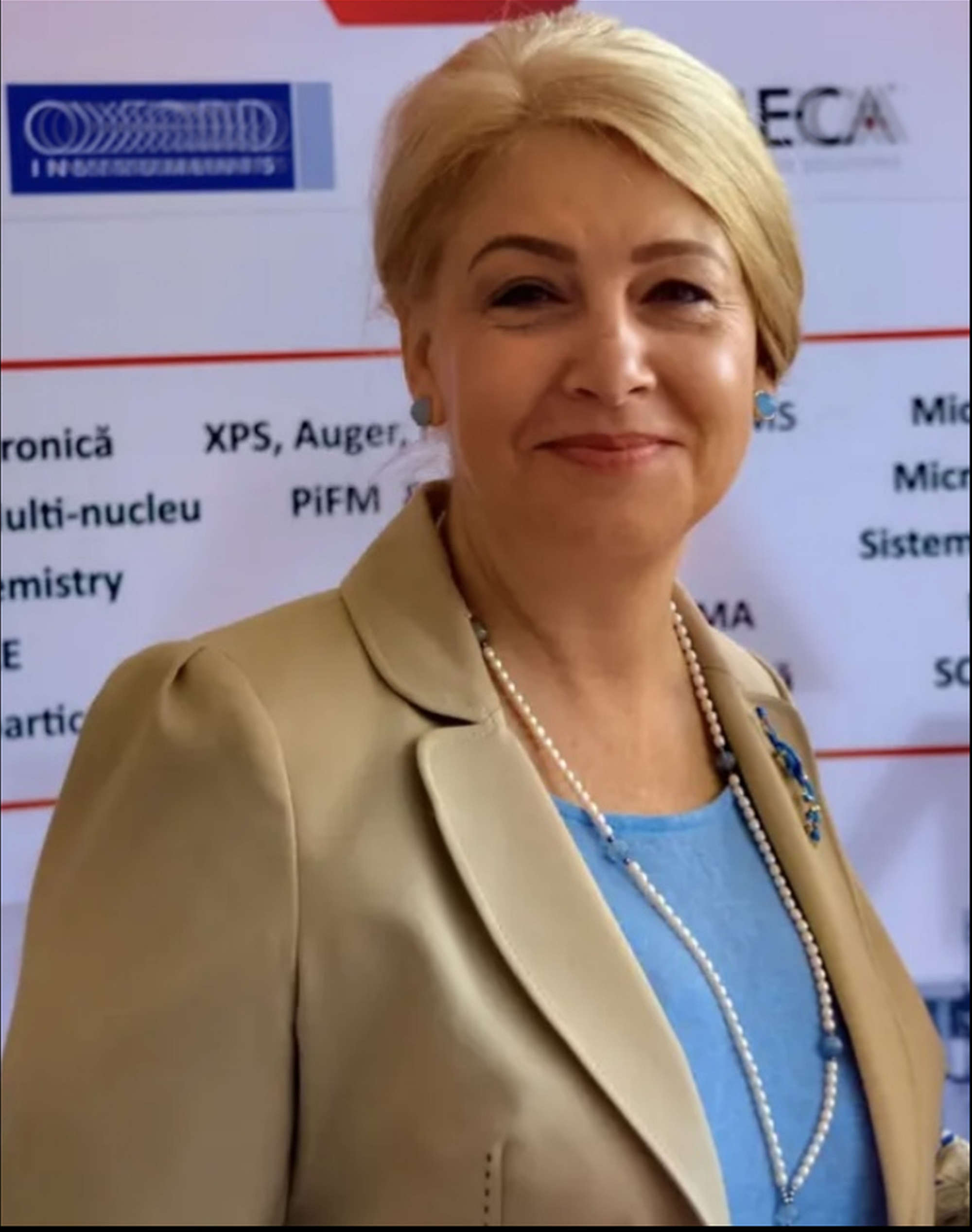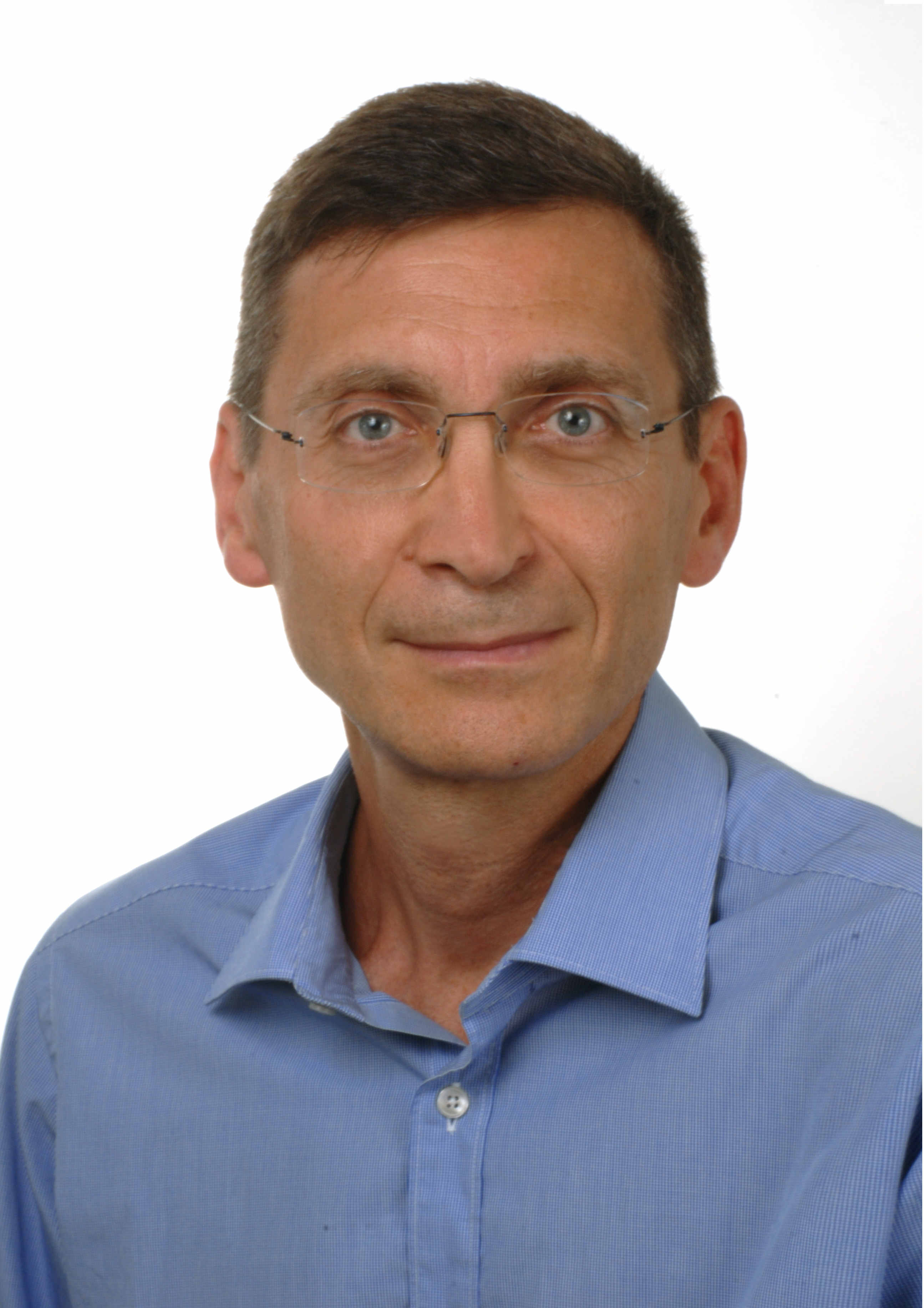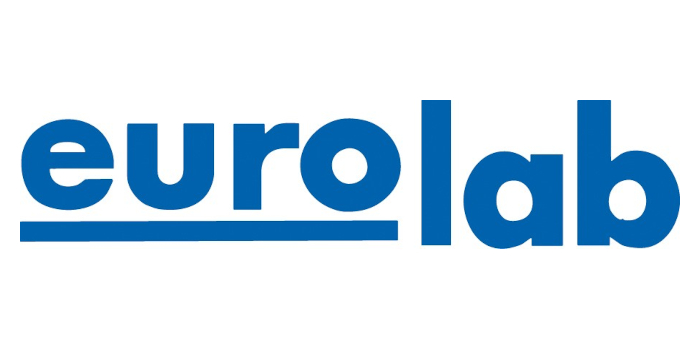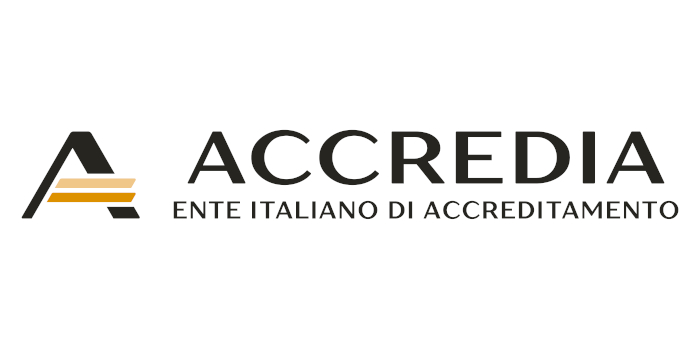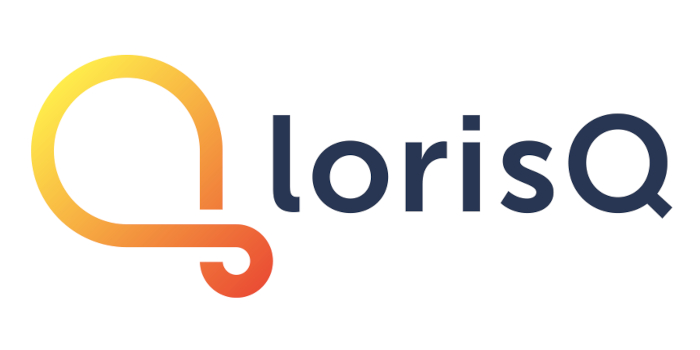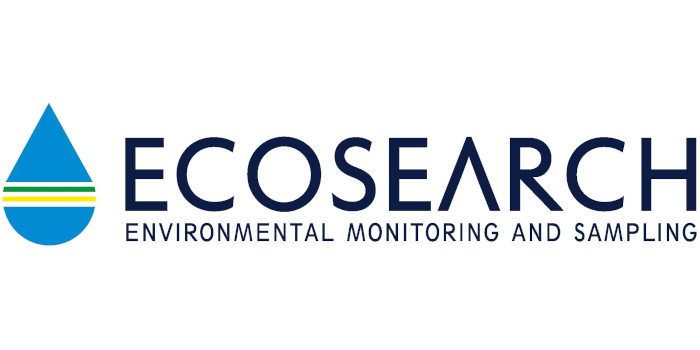Towards a digital ecosystem for quality infrastructure: DCC, digital reference material documents and beyond
Claudia Koch
Head of Section "Digitalization of Quality Infrastructure"
Bundesanstalt für Materialforschung und –prüfung (BAM)
ABSTRACT
The transition from a document-based to a data-driven quality infrastructure (QI) that is networked, automated, and intelligent will significantly enhance efficiency and transparency. More importantly, the digitalization of QI strengthens trust in safety and quality. To achieve this, BAM together with Germany’s central QI institutions partnered in the initiative QI-Digital to jointly establish a digital ecosystem for QI. This initiative leverages recognized standards and latest technologies to seamlessly integrate QI procedures, processes, and tools, facilitating cross-system networking among stakeholders in QI. Through concrete use cases and projects, the initiative develops, tests, and demonstrates practical solutions. This talk will provide insights into the comprehensive roadmap for the digital transformation of QI, illustrating diverse areas of action.
The talk specifically highlights the potential of data spaces for a digital QI. It further provides a deep dive into machine-readable quality documents, focusing on digital reference material documents (DRMDs): Based on the digital calibration certificate (DCC), the XML schema developed at BAM incorporates ISO 17034 requirements in a computer-readable format, offering significant process improvements. DRMDs enable direct integration into laboratory information systems, reduce manual data entry errors, and enhance traceability. Standardized data formats simplify information exchange between systems and refine quality control. To expedite market adoption, BAM has developed a software tool for creating DRMDs and an AI tool for converting existing PDF certificates into DRMDs. These demonstrators, along with the inclusion of DRMDs in the reference materials database COMAR, showcase their functionality and potential to a broader community.
Next-Generation of Chemical Sensors for Health: Precision Detection of Inorganic Ions in Periodontal Diagnostics Under Eurachem Guidelines
Eugenia Eftimie Totu
Eurachem Chair
National University of Science and Technology POLITEHNICA Bucharest, Romania
ABSTRACT
Periodontal disease is a chronic inflammatory condition affecting patients of all ages, leading to periodontium deterioration and potential tooth loss. Its diagnosis has traditionally depended on clinical and radiographic assessments, which may not fully reflect the underlying inflammatory response. Gingival crevicular fluid (GCF), a plasma-derived extravasate from the gingival sulcus, contains serum, periodontal tissues, bacteria, and various components such as electrolytes, proteins, glucose, enzymes, complement, leukocytes, and exfoliated epithelial cells, making it a valuable diagnostic indicator of periodontal destruction. Consequently, developing innovative, non-invasive techniques for early detection, severity assessment, treatment monitoring, and prognosis prediction remains a crucial challenge. Measuring sodium, potassium, and calcium ion concentrations in GCF provides a valuable indicator of periodontal tissue health and serves as a potential diagnostic marker for active disease states. This presentation aims to introduce a novel device capable of locally sensing inorganic ions, such as calcium ion, within the periodontal pocket. To enhance reliability, implantable device failure is expected to be minimized by leveraging the properties of the used nanoparticles. For a calcium ion detection sensor in periodontal diagnostics, Eurachem guidelines ensure calibration with certified calcium ion solutions (e.g., NIST-traceable standards), measurement uncertainty calculations (e.g., considering temperature, pH variations in biological samples); regular validation using control samples to check sensor drift and response accuracy, standardized reporting of results with clear traceability documentation. For the measurement uncertainty quantification it was followed the Eurachem Guides “Quantifying Uncertainty in Analytical Measurement”, as well as “Assessment of performance and uncertainty in qualitative chemical analysis”.
Measuring and adapting quality infrastructure in a changing world
Vito Fernicola
INRIM Board of Directors and ACCREDIA Vice-President
ABSTRACT
Quality, security and interoperability of products, services, processes and systems?
It is the result of teamwork. Standardisation, metrology, accreditation, conformity assessment and market surveillance form the backbone of the quality infrastructure (QI), a building block of our economic and social systems. By linking organisations, policies and practices, QI supports industrial development and competitiveness while ensuring global trust and wise use of resources.
Although its benefits are well known, there are still few instruments that measure its deployment and development globally. In particular, the Quality Infrastructure for Sustainable Development (QI4SD) index focuses mainly on the contribution of QI to the achievement of the SDGs, while the Global Quality Infrastructure Index (GQII) highlights the close relationship between QI and country development.
This talk will review the correlation between QI measures and economic performance (innovation, competitiveness, trade) with a focus on metrology and how its effectiveness is essential for providing sustainable services, traceable measures and making an impact. Accurate measurements and measuring instruments are necessary for the protection of health, safety, the environment and citizens.
Metrology's key role in ensuring trust is expanding to meet the challenges of the energy transition and to support clean technologies, services and products of the future in a competitiveness-oriented and climate-neutral approach to decarbonisation. Good practices of institutions that have been able to better respond to evolving traceability needs, adopting technological advances, promoting stakeholder engagement and improving the integration of QI components will be discussed.
In general, capacity building, skills development and the promotion of a quality culture remain central elements of these efforts, lest the rapid evolution of digital technologies prevent the inclusion of all segments of society. Metrology and QI are accepting the challenge to find new tools related to traceability to better serve the development of future-oriented quality policies that meet the needs of people, planet and prosperity.



